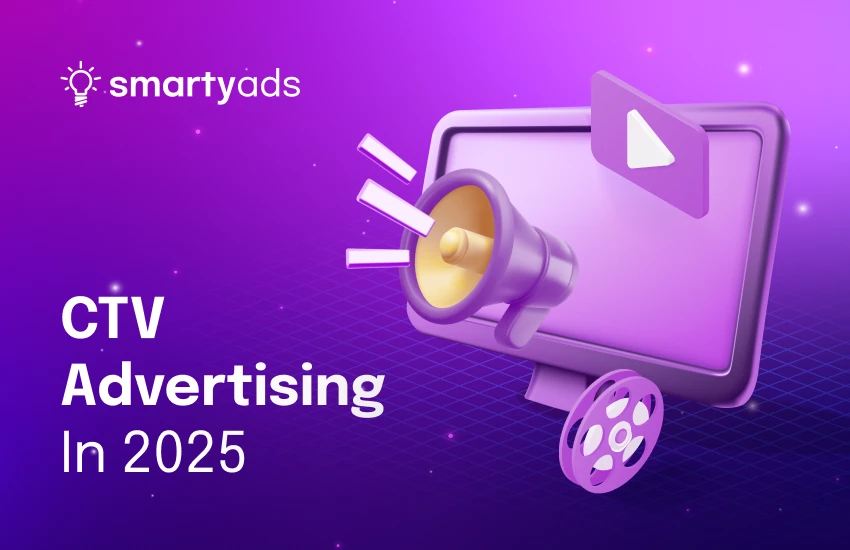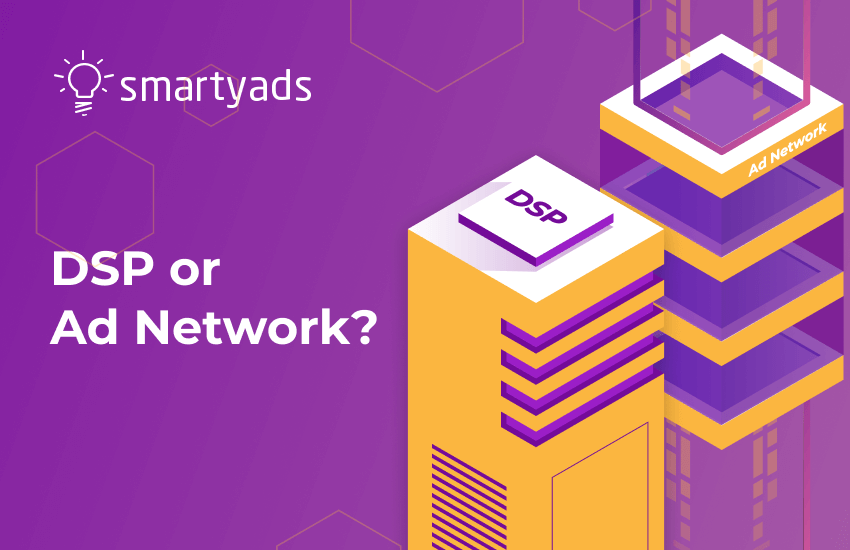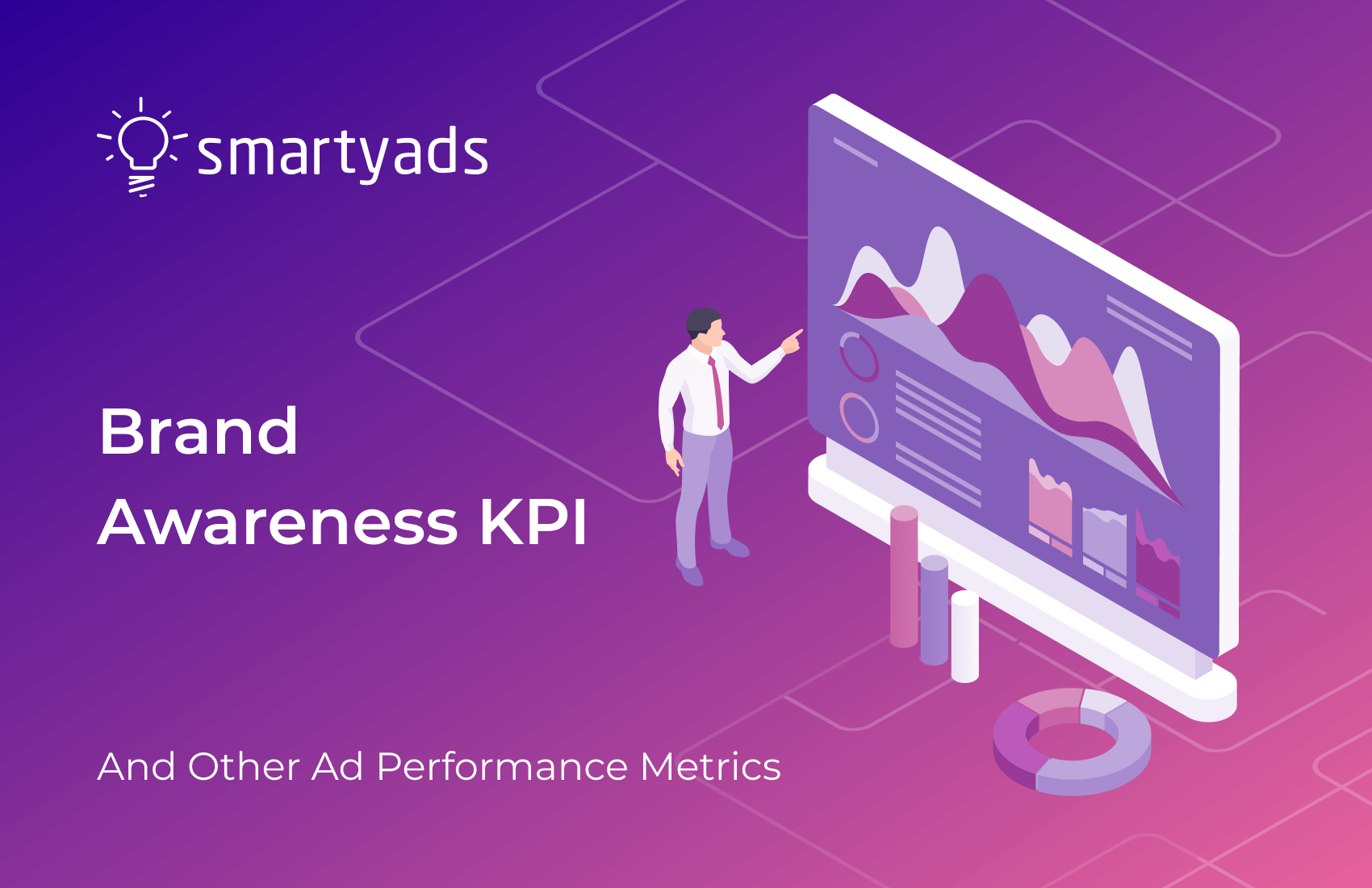Let’s start with a confession: when advertisers hear the word “supercomputer”, most think of weather simulations, deep space, or at best — that one scene in The Avengers where Tony Stark casually spins a 3D molecule in midair.
But here we are in 2025, and guess what? That same level of AI horsepower is quietly making its way into… advertising.
Yes, seriously.
And while hardware like NVIDIA DGX Spark has been getting the headlines, the bigger story is what it unlocks: the ability to run advanced AI models — including private, custom-trained models — directly inside the ad stack.
Think of it as moving from renting intelligence to owning it. Brands and platforms are starting to fine-tune private models on their own first-party data: purchase history, browsing patterns, customer service chats — even creative performance.
These aren’t general-purpose LLMs chasing viral tweets. These are bespoke, context-aware agents trained to understand your audience better than your CMO's sixth sense.
So let’s talk about what this means for you, the advertiser. Spoiler alert: it’s not just more acronyms and GPU flexing. It’s potentially better performance, faster creative, smarter campaigns — and models that don’t leak your strategy into the broader ecosystem.
Private AI isn’t the next frontier. It’s the moat.
The reality: your ads are only as smart as the machines behind them
Today’s programmatic platforms are pretty clever. They bid in real time, adjust based on engagement signals, and some even claim to leverage "AI" (which often boils down to glorified if-else logic dressed up in buzzwords).
But here’s the problem: the ad environment in 2025 is exponentially more complex than it was even two years ago. You’ve got floods of first-party data pouring in from CRMs, CDPs, and web/app interactions. Cookieless targeting means platforms must now rely on probabilistic identity graphs, contextual data, and real-time behavior modeling. And then there's the pressure for creative personalization at scale — think thousands of dynamic combinations across audiences, geos, and formats.
This trifecta is straining legacy ad infrastructures. Traditional cloud servers — designed for batch processing and overnight model retraining — can’t deliver sub-100ms inference on sophisticated models during live ad auctions. That latency means your DSP might still be basing its bid logic on stale data or precomputed segments.
So yes — AI should be helping your campaigns get smarter as the page loads. But in most cases? It’s still catching up after your CPM has been locked in and your impression has been wasted on the wrong user.
Smarter infrastructure, smarter ads
Let’s step back from the hardware and talk about what really matters: how modern infrastructure and AI breakthroughs are changing the rules of programmatic advertising.
Advanced computing power — whether in the form of specialized clusters, next-gen GPUs, or optimized AI pipelines — is no longer a luxury reserved for Silicon Valley research labs. It’s becoming essential to the ad stack. Here’s why:
Faster Decision-Making: In today’s competitive landscape, milliseconds matter. High-performance AI allows DSPs to run real-time inference directly within the bidding window. That means ads are selected based on who your user is right now, not who they were last week.
Instant Creative Personalization: Forget pre-baked banners and templates. AI can now generate creative variations on the fly, adjusting messaging, imagery, and CTAs based on context — be it user behavior, time of day, or even live trends.
Real-Time Segmentation & Feedback Loops: Dynamic segmentation models ingest behavioral, contextual, and external data streams (like weather or market trends) to continually refine targeting — while campaigns are live. This reduces waste and improves outcomes without the need for constant human intervention.
In short, we’re moving beyond static targeting rules and manual optimization toward autonomous, intelligent ad systems that think and adapt in real time.
And as programmatic moves into this new era, the question for advertisers isn’t if these technologies will impact your results — it’s whether your stack is built to keep up.
Why should you care? Because efficiency = ROAS
Let’s put the silicon aside and talk outcomes:
- Less Wasted Spend: Better targeting means fewer impressions shown to the wrong users. Your budget works harder.
- Creative at Scale: Don’t need 30 static banners. Need one model that adapts instantly to audience context.
Faster Optimization Loops: AI doesn’t just react — it learns, in real time, and improves performance mid-campaign.
Imagine running a campaign where the system understands that Gen Z clicks on purple buttons at 9 PM and quietly shifts your creatives and bids accordingly. No email. No manual adjustment. Just results.
Okay, but is this just another buzzword storm?
We get it. Adtech has cried "AI" more times than Hollywood has rebooted Batman.
But here’s the twist: with DGX Spark, platforms can actually deliver on those promises. This isn’t about making ads more “futuristic.” It’s about making them more effective, using infrastructure that used to be reserved for scientific labs and hedge funds.
And no, you don’t need to buy a supercomputer. But your DSP or agency might, and that’s a good thing for you.
Final thought: supercomputers serving ads sounds absurd… until it works
It might sound ridiculous: deploying an AI supercomputer to help you sell more sneakers, subscriptions, or skincare.
But here’s the truth — programmatic can no longer afford to ignore the evolution happening under the hood. The ecosystem is evolving faster than media plans can adapt, and relying on legacy infrastructure is like bringing a butter knife to a gunfight.
Modern advertising demands real-time intelligence, scalable personalization, and zero latency — all at once. The only way to get there is by embracing new architectures and computing power that matches the scale of your ambitions.
DGX Spark isn’t just a shiny toy for data scientists. It’s a signpost pointing toward what the next generation of DSPs will look like — those capable of making every impression count, not just through smarter targeting, but through faster learning and adaptive creativity.
And if you’re wondering where to start, here’s one: SmartyAds DSP is already exploring high-performance AI integration to take programmatic into the real-time AI age.
Wondering what that means for your next campaign? Stay tuned as our team reimagines infrastructure to deliver stronger results—continually enhancing our solutions with powerful new features.
Because in the end, performance isn’t just about impressions — it’s about who’s powering them.
We can make it work
At SmartyAds, we’re not just watching the evolution — we’re building for it. Our DSP is constantly evolving, integrating cutting-edge AI technologies and infrastructure upgrades to keep your campaigns ahead of the curve.
From smarter targeting to adaptive creatives and real-time optimization, we’re shaping the kind of programmatic performance that meets modern expectations — and then exceeds them.
Curious how we do it? Reach out to learn more and see what the next generation of advertising looks like with SmartyAds DSP.




